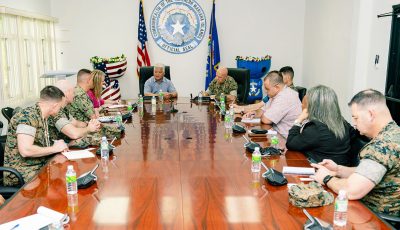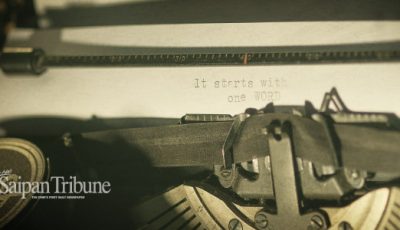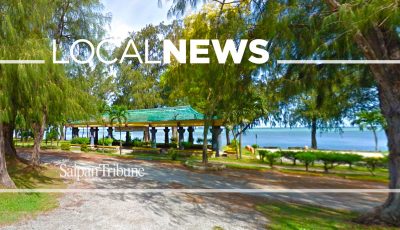Japan, U.S. complete amphibious operations in exercise

Marines drive an assault amphibious vehicle during Exercise Keen Sword 2013 on Nov. 9. (2nd Lt. Adam Miller)
PACIFIC OCEAN (NNS)—U.S. Forces and Japan Self-Defense Forces combined to complete a series of amphibious operations as part of Keen Sword 2017 on Nov. 11.
Keen Sword is a joint and bilateral exercise held biennially off the coast of Japan and for the first time held simultaneously off Guam and Tinian. Keen Sword tests U.S.-Japan interoperability in a number of mission areas to include integrated air and missile defense and for the first time amphibious operations.
The amphibious portion combined Japanese Ground Self Defense Force personnel, aircraft, and U.S. Marines, who launched from JMSDF ships. Helicopter destroyer JS Hyuga served as command ship for the operations, with embarked mine warfare staff who oversaw maneuvers of three other Japanese ships and the USS Comstock with embarked 11th Marine Expeditionary Unit. Amphibious actions were supported from close air support sorties from Japanese Air Self Defense Force, JGSDF, and U.S. Air Force aircraft.
For the culminating amphibious raid, ground personnel from both forces were transported to Tinian in several waves by the JGSDF CH-47 Chinook aircraft, with support from AH-64D Apache helicopters, JASDF F-2 fighters, USAF B-1 bombers. Marines from the 11th MEU conducted a demonstration of amphibious assault vehicles from Comstock as an amphibious feint.
Once JGSDF and U.S. Marines landed ashore they transited across Tinian to reach a simulated objective. The amphibious raid was achieved through advanced navigation by ground personnel and positive communication with command staffs on Hyuga.
Per amphibious doctrine, the command relationships seamlessly transitioned from Commander Amphibious Task Force to Commander Landing Force when forces were ashore.
“This exercise was a good test for Japanese and U.S. forces,” said Maj. Gen. Shinichi Aoki, deputy chief of staff, Western Army, and the CLF for the exercise. “Training like this allows us to learn and increase our proficiency of operating at sea and conducting operations from JMSDF ships.”
For many of the JGSDF, this was their first time embarking on Japanese ships. The ground personnel developed communication and planning processes to move personnel from ship to shore. Working side-by-side, JMSDF sailors gained experience in supporting their JGSDF counterparts.
“I am pleased with the success of the exercise and the training that will allow us to advance our joint and bilateral amphibious capability,” said Rear Adm. Hideki Yuasa, Mine Warfare Force commander and CATF for the exercise. “I am certain we have learned from each other and also from the U.S. personnel who have joined us for the exercise.”
The sentiments were shared by Rear Adm. Marc Dalton, commander Amphibious Force 7th Fleet, who embarked on Hyuga to participate in the exercise and build on the command’s bilateral partnership with JMSDF’s Mine Warfare Force command.
“Keen Sword amphibious operations were well-planned, with many ‘firsts’ and productive lessons,” said Dalton. “USS Comstock, 11th MEU, Marines from 3rd Marine Division, and U.S. maritime patrol aircraft conducted amphibious operations with all of the Japanese Self Defense Forces branches. I look forward to continued opportunities to train with the joint forces of the JSDF.”
Originating in 1986, the Keen Sword exercise has been a recurring exercise meant to strengthen the Japan-U.S. alliance and increase combined combat readiness within the framework of the alliance. (Lt. Adam Cole)


























